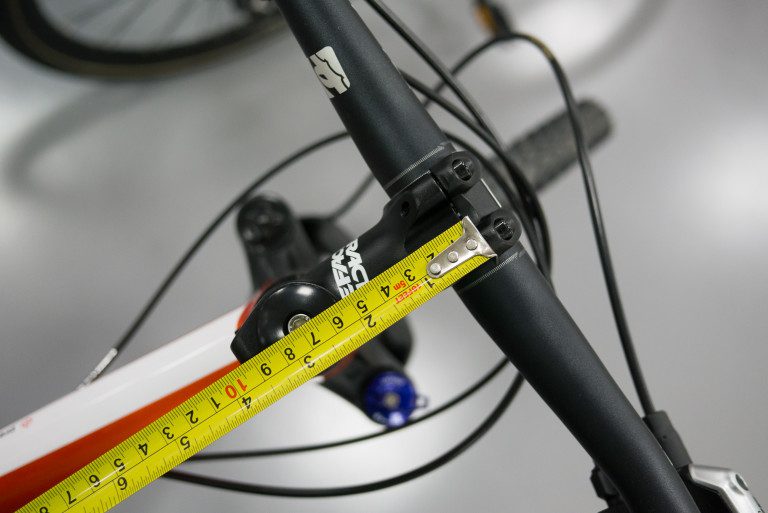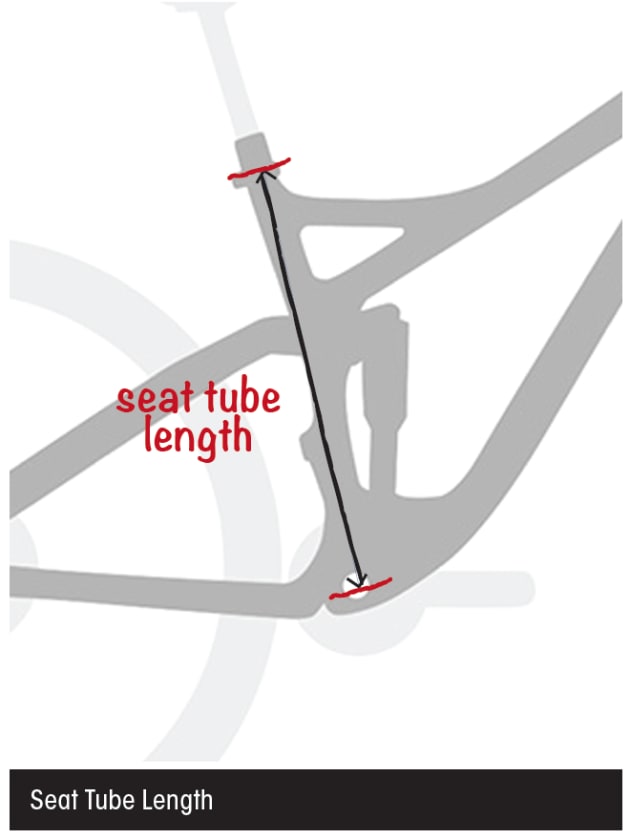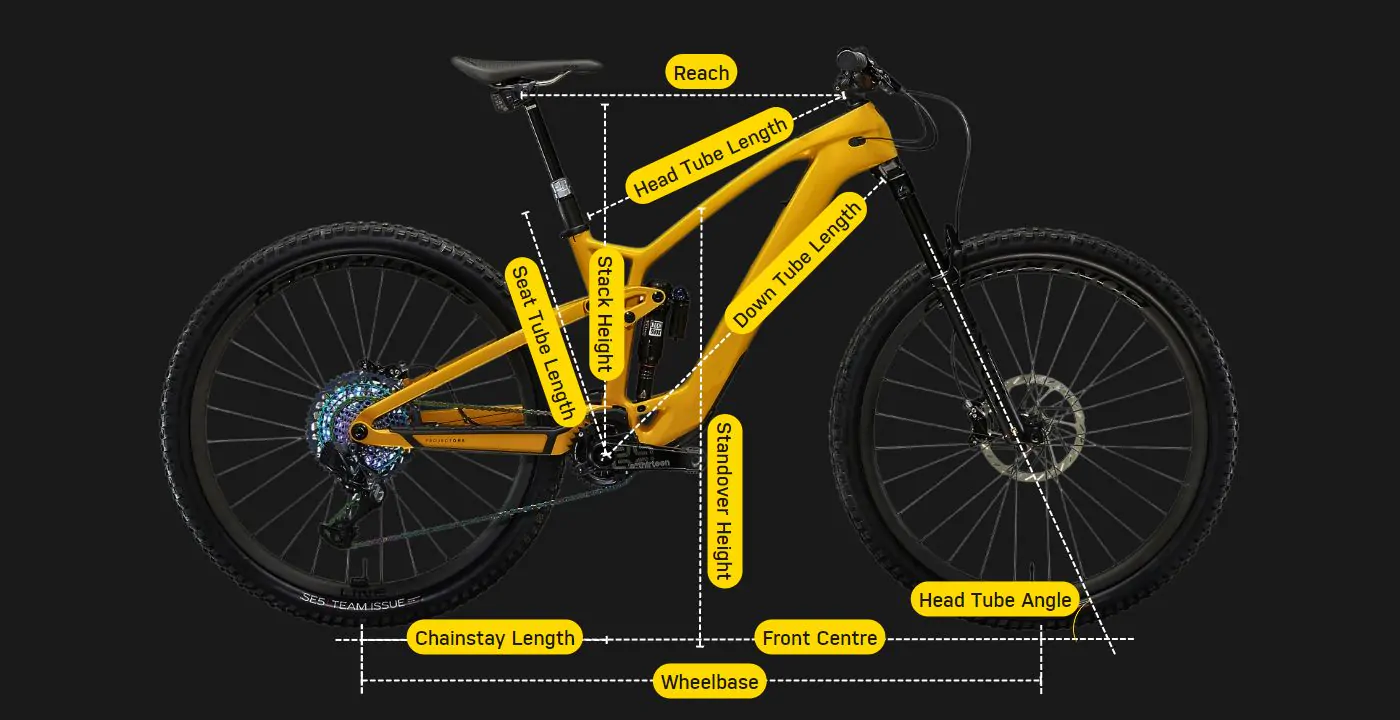Roads & PavementRoads & Pavement
Barefoot
Minimal
Low
Medium
High
Maximal
All around running shoes offer comfort and cushioning for daily runs, jogs, walks, and long mileage. They offer enough versatility for both faster and slower runs and are a great option for those who want one running shoe to do it all.
Fast run or uptempo running shoes are lightweight and responsive. They offer streamlined designs that have minimal uppers and offer a high level of energy return. These shoes are a great option for faster runs in the week or those looking for a livelier experience.
Max Cushion shoes offer premium cushioning with ample ground protection and a stable ride. These types of shoes provide abundant impact protection that softens landings while running at any pace or distance. These types of shoes are best for slower recovery runs and easy days where comfort takes priority.
Racing shoes are designed with optimal performance in mind. These types of shoes have snug-fitting uppers, energetic midsole foams, and features implemented for maximum efficiency. These types of shoes are best for runners looking to gain the ultimate advantage in races but may sacrifice some durability and comfort.
Gym Workout shoes offer a stable and versatile ride. They have a firmer underfoot feeling that provides stability for lateral movements with comfortable uppers. These types of shoes are best for trips to the gyms, cross training, casual wear, and light running. Proper Bike Size and Fit Pushbikes
Road running shoes feature smooth outsoles that are designed for running on paved surfaces such as roads, sidewalks, and bike paths.
Designed to handle most trail runs, these shoes prioritize comfort and a smooth ride. These shoes are great for anything from smooth singletrack, park trails, and fireroads making them ideal for those who run from their doorstep on streets before hitting the trail.
These shoes are best used for hard, rugged trails such as shale, granite or sandstone where grip on smooth surfaces and underfoot protection are important.
Designed for use in muddy, soggy conditions, these shoes feature very aggressive outsoles that dig deep into soft ground for exceptional traction.
These shoes feature technical outsoles designed to grip snowy and icy trails making them ideal for winter trail running.
Cushioning level, or stack height, refers to how much shoe is between your foot and the ground. For this category, we reference the amount of cushioning below the forefoot as the heel height will be equal to or greater than the forefoot height.
MTB Frame Geometry Explained Mountain Biking Australia magazine
0-13mm. The Shoe generally does not have a midsole and feels like there is no cushioning. This shoe is all about feeling the ground underfoot.
14-18mm. The shoe has a thin midsole that allows for a natural running experience. Racing shoes and minimalist shoes are common here. These shoes offer a feeling of being connected to the road or trail.
19-23mm. The shoe has a slightly cushioned feel and may feature added cushioning technologies. Performance training shoes and some trail shoes are common here. These offer protection during footstrike but prioritize a lightweight, grounded experience.
24-28mm. These shoes have a stack height that fall near the middle of the spectrum.The shoes in this category are verstaile and great for all types of runs and distances.
29-34mm. The shoe has a thick midsole and ample cushioning. These shoes are highly protective and absorb more impact than the body.
35mm plus. The shoe has an extremely thick midsole and extra cushioning. The focus is on protection and soft foam underfoot with hardly any ground feel.
Neutral shoes support the foot through a normal range of arch collapse and generally do not have a built-in technology to correct movement.
Stability shoes are a great option for those who overpronate or need added support. These shoes help to limit the inward rolling motion of the ankle while running or walking and assist in guiding the foot straight through the gait cycle. Buyers Guide to Mountain Bike Stems Merlin Cycles Blog
Product Details:
Understanding Bike Frame Geometry sales, What size mountain bike do I need Singletrack World Magazine sales, Understanding Bike Geometry Charts What They Mean and How To Read sales, What length stem do I need Bike stem length explained Cyclist sales, How To Choose The Right Mountain Bike Size With Mountain Bike sales, Head tube Wikipedia sales, GEOMETRY SCHOOL THE SITUATION WITH SEAT TUBE ANGLES Mountain sales, MTB geometries explained Simplon Magazine sales, What part of a mountain bike do you measure for frame size Quora sales, Easy Steps to Determine Mountain Bike Seat Tube Length Seat tube sales, The ultimate guide to bike geometry and handling BikeRadar sales, Sagged Hardtail Geometry Calculator MAD SCIENTIST MTB Bike sales, MTB Stem Buying Guide Everything You Need to Know Video sales, Stem Length Explained Mountain Bike Fit sales, Bike stems explained how to choose the best stem length sales, MTB Stem Buying Guide Everything You Need to Know Video sales, Tech Tuesday Steerer tube length Pinkbike sales, How to Choose a Mountain Bike sales, Bicycle Geometry Explained blog.jans sales, A Comprehensive Guide to Electric Mountain Bike Geometry E sales, Tech Talk How frame geometry affects a bike s handling Mountain sales, Mountain Bike Size Chart Fit Frame Geometry evo sales, The bike geometry Bible Everything you need to know about the sales, Modern Mountain Bike Geometry Defined Transition Explains sales, Bike geometry 101 Learn why frame angles trail matter road.cc sales, Mountain Bike Geometry 101 A Complete Guide To Geometry How It sales, GeoShift Angle Headset sales, GEOMETRY SCHOOL HEAD ON WITH HEAD ANGLES Mountain Bike Action sales, Bike geometry the basics SIROKO CYCLING COMMUNITY sales, Frame Geometry Part 2 Trail Handling Singletracks Mountain sales, Specialized Top Tube Length Horizontal vs Actual Mountain Bike sales, Bikefit Series Breaking Down Bike Geometry Bicycles Network sales, GeoShift Angle Headset sales, Mountain bike geometry explained MBR sales, A Comprehensive Guide to Electric Mountain Bike Geometry E sales, MTB Frame Geometry Explained Mountain Biking Australia magazine sales, Buyers Guide to Mountain Bike Stems Merlin Cycles Blog sales, MTB Frame Geometry Explained Mountain Biking Australia magazine sales, Proper Bike Size and Fit Pushbikes sales, How Much Reach is Too Much Reach The Hub Mountain Biking sales, Bike Geometry Explained sales, MTB Frame Geometry Explained Mountain Biking Australia magazine sales, How to choose a correct bicycle frame size BikeGremlin sales, head tube length mtb Google Search Bike training Bike design sales, Understanding Bike Geometry sales, Geometry an In Depth Explanation Pinkbike sales, Understanding Bicycle Frame Geometry CYCLINGABOUT sales, MTB geometries explained Simplon Magazine sales, Head Tube Length www.bikecad sales, MTB Frame Geometry Part 1 How It Fits Singletracks Mountain sales, Product Info:
Head tube length mtb sales.
- Increased inherent stability
- Smooth transitions
- All day comfort
Model Number: SKU#7341210





